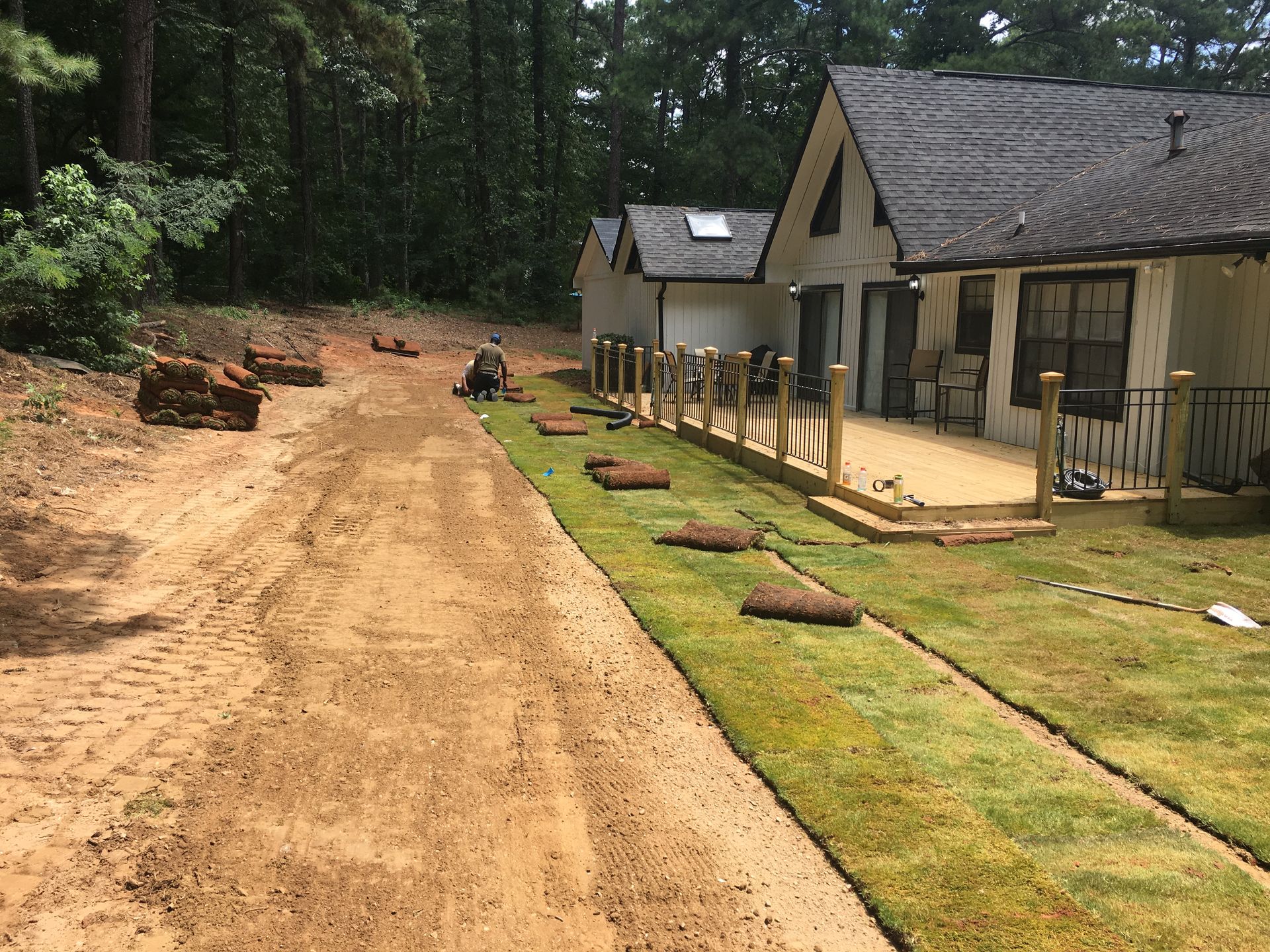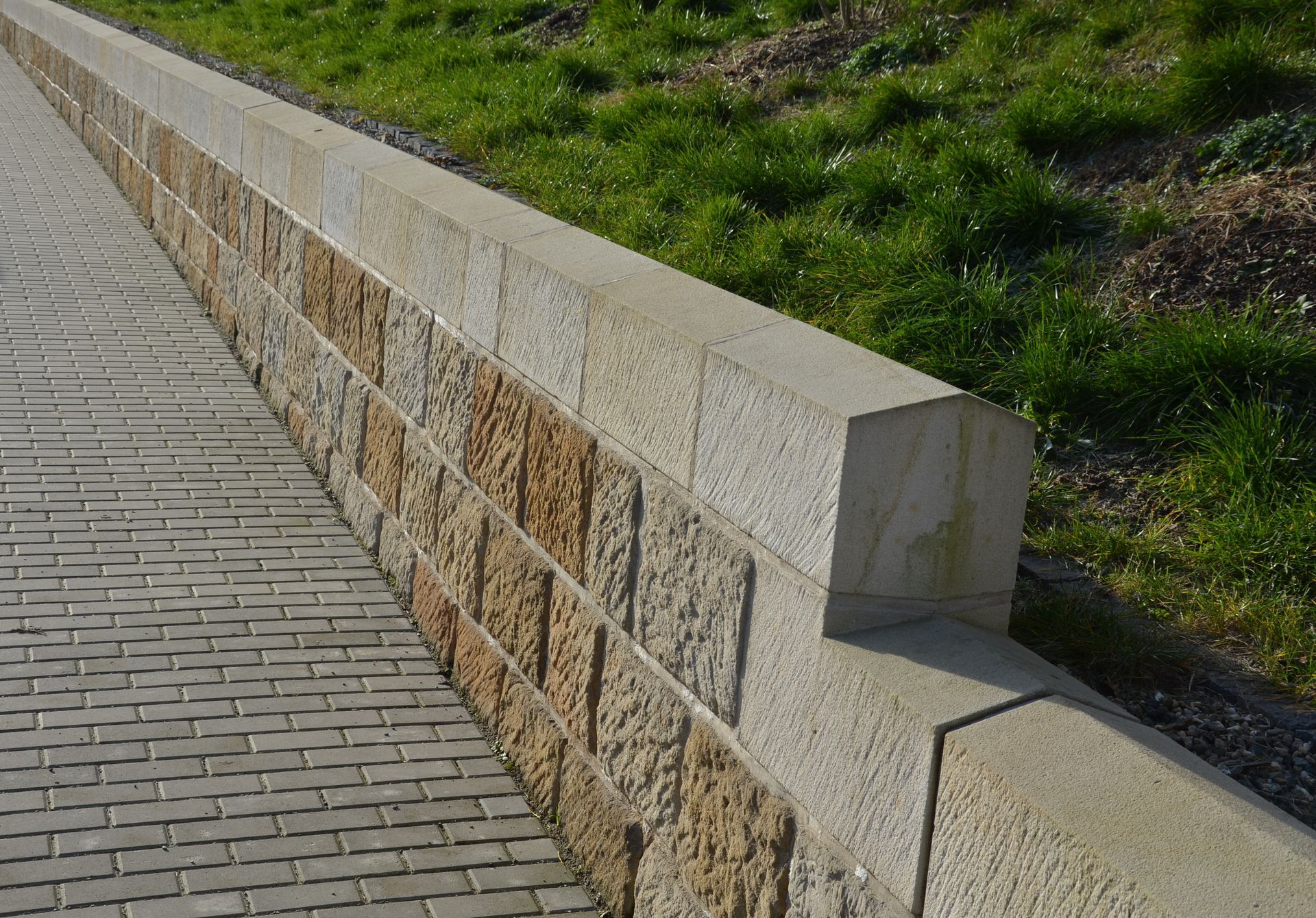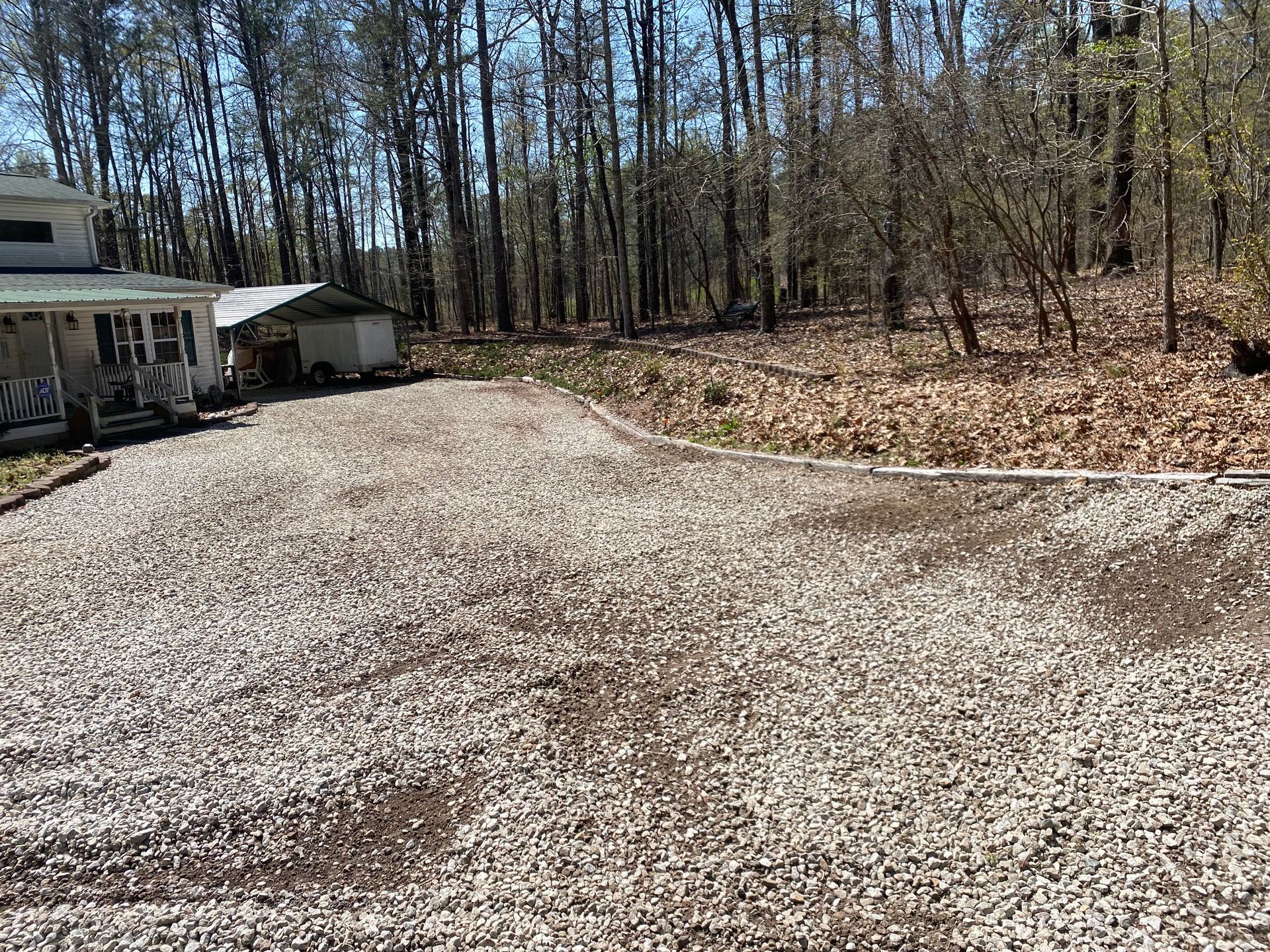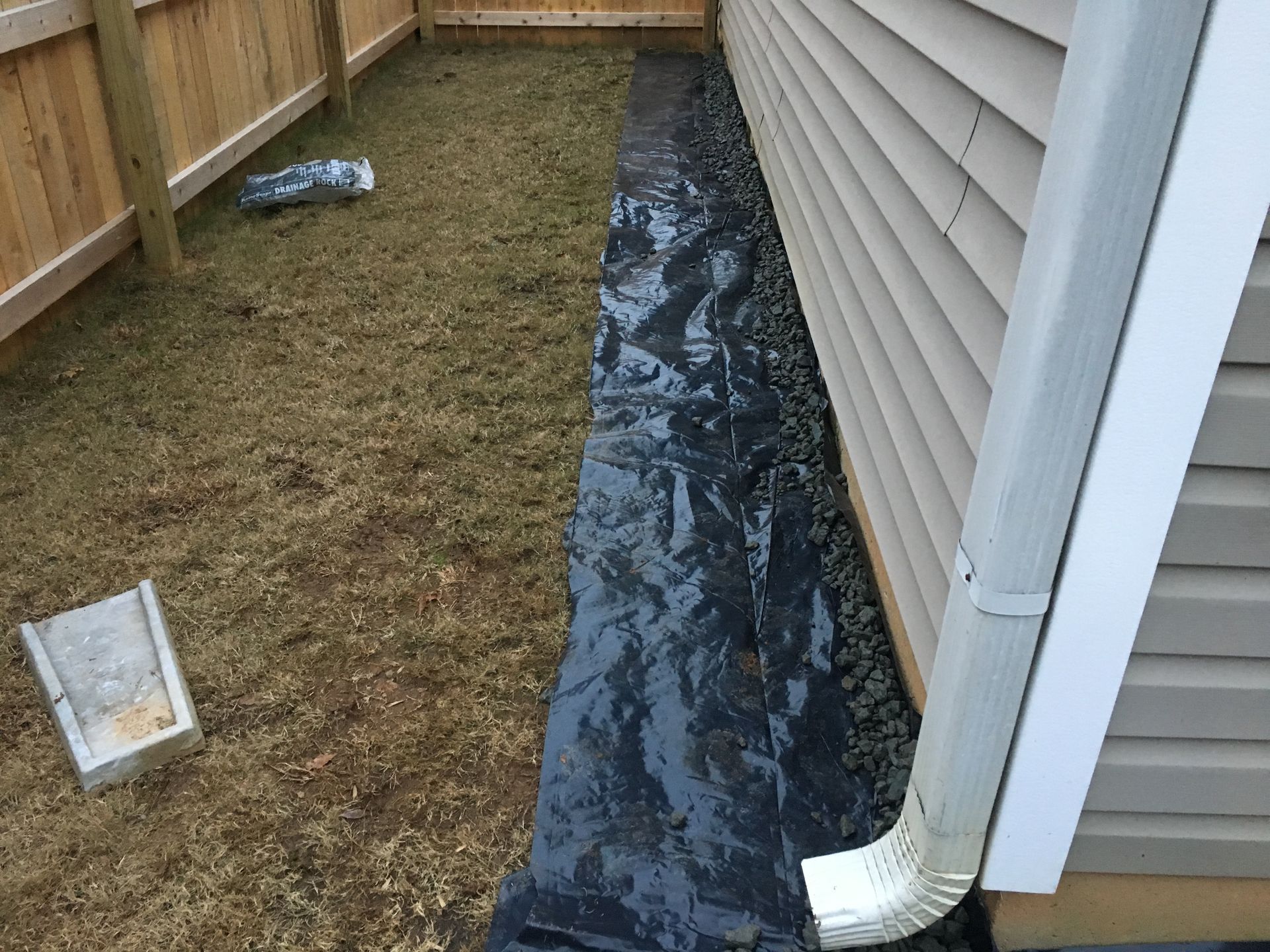Your Trusted Partner for Professional Bobcat Services in Stockbridge, GA
Committed to excellence, our land grading and clearing solutions transform land with accuracy, delivering robust foundations and upholding environmental integrity.
LocalSite - Contact Us
We will get back to you as soon as possible.
Please try again later.
By submitting, you authorize All Bobcat Services LLC to send messages via text or email with offers & other information, possibly using automated technology, to the number you provided. Message/data rates may apply. Reply HELP for help or STOP to cancel. Consent is not a condition of purchase. Use is subject to terms.
Have Any Questions?
Request a Callback Below
Shaping Terrain with Expert Precision
Founded in 2018, our team in Stockbridge, GA, is passionate about transforming ideas into tangible results. The mission is clear—to provide reliable land clearing
and grading services
that cater to community needs.
With a dedication to quality and safety standards, our experts ensure each project is executed with precision, addressing challenges with expert land grading services.
Backed by advanced tools and years of expertise, the team is committed to making your visions a reality. Let us be your trusted partner and explore the myriad ways we can assist your next project today.
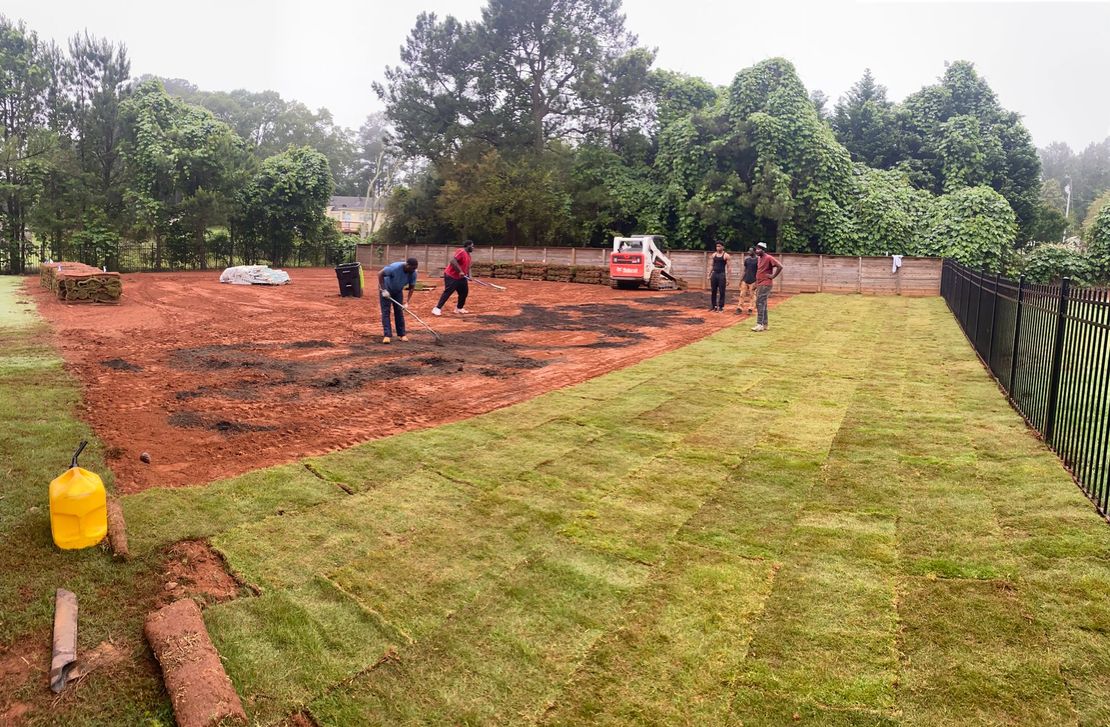
What To Expect
Reliable Execution
Our services provide peace of mind through expert land transformation, ensuring safety, durability, and enhanced property value for every project.
Transparent Processes
We prioritize clear communication and detailed updates, ensuring clients are fully informed at every project stage, enhancing reliability and trustworthiness in all our dealings.
Expert Craftsmanship
Our skilled team delivers high-quality results on every project, ensuring precise execution and attention to detail, enhancing the value and longevity of the work.
Our Services
Frequently Asked Questions
Act Now: Transform Your Space with Our Professional Expertise!
Delve into Superior Craftsmanship and Skill
Our team at All Bobcat Services LLC has been delivering exceptional land clearing and grading services since 2018. With expertise in a range of bobcat services, we excel in transforming landscapes
into functional spaces.
Located in Stockbridge, GA, our mission is to empower homeowners to realize their dreams, prioritizing quality and safety. Our commitment to customer satisfaction and cutting-edge equipment distinguishes us from others in the land grading industry.
Choose us for unparalleled service, from precise bobcat operations to responsible debris disposal and site preparations that lay the foundation for successful projects.
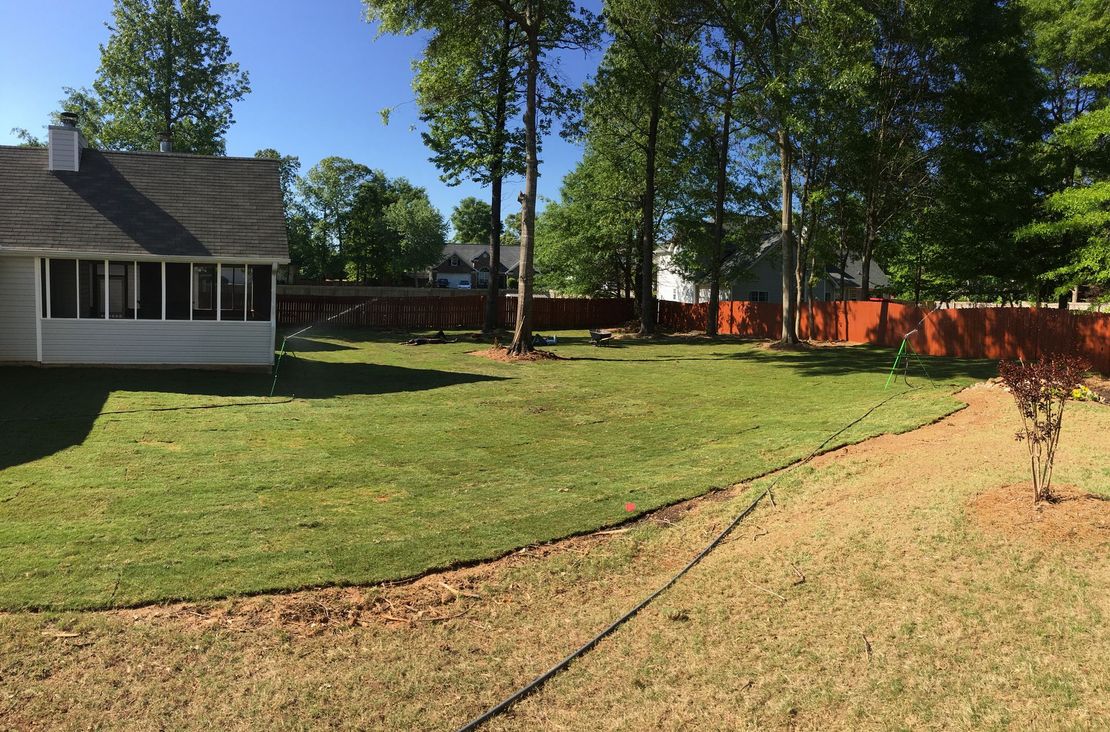
Hear from Our Customers
Our Blog
Explore our insightful articles on landscaping and discover expert tips for your next project. Uncover unique perspectives and enhance your understanding to optimize your outdoor spaces.
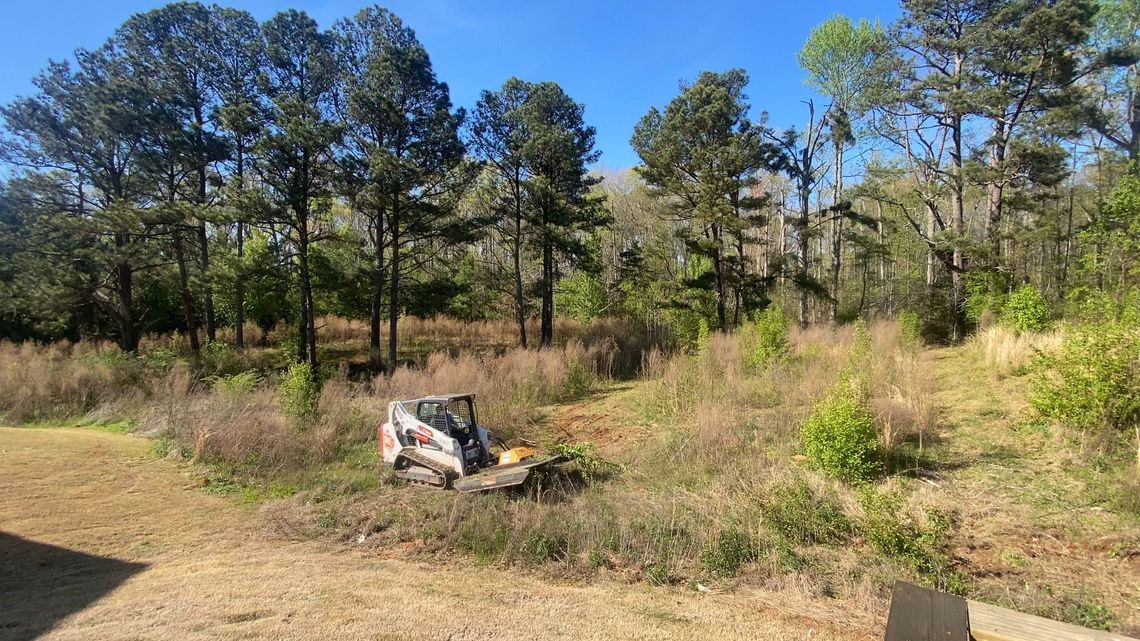
Build Strong Foundations with Bobcat Services!
Upgrade your outdoor environment with our advanced landscaping solutions, ensuring precision in lawn leveling and unique design ideas.
Book now to ensure your property benefits from our tailored solutions and efficient material transportation.



